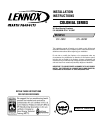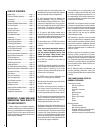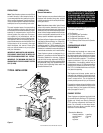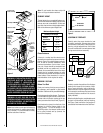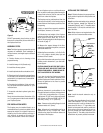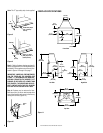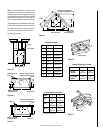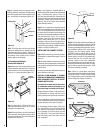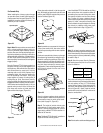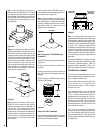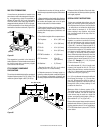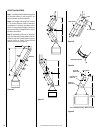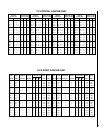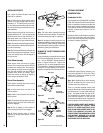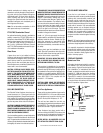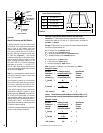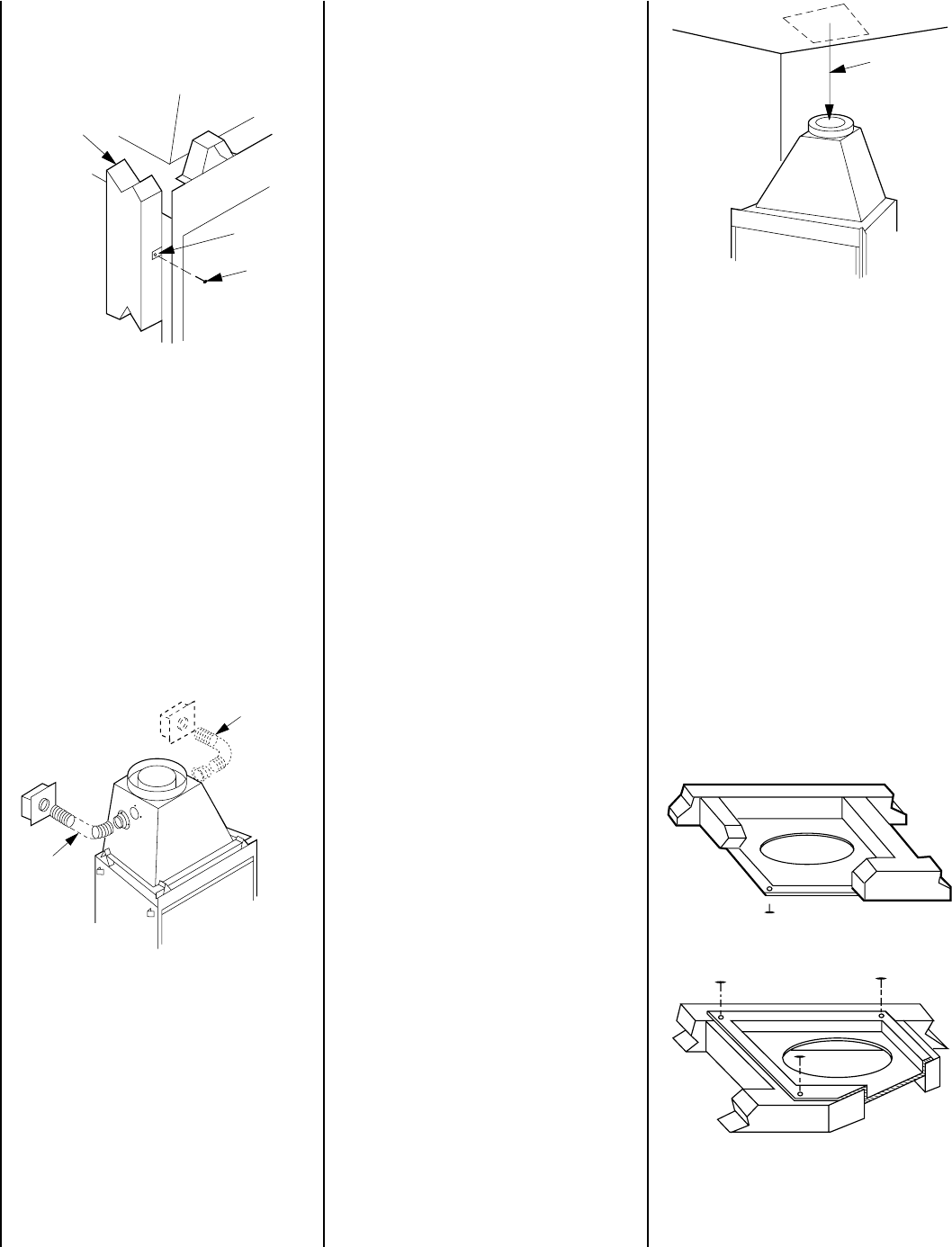
NOTE: DIAGRAMS & ILLUSTRATIONS NOT TO SCALE.
8
Step 5. Fireplace should be secured to side
framing members using the full length nailing
tabs at the top and bottom of the fireplace front
face. Use 8d nails or equivalent (
Figure 18
).
Figure 18
Note: The nailing tabs and the area directly
behind the nailing tabs are exempt from the
clearances described on page 5. Maintain at
least 1/2" clearance from the firebox wrapper to
the framing at the closest point of contact,
directly adjacent to the flange.
For Canadian Installations
Proceed with Steps 6–9
Step 6. Remove one of the knockouts from the
fireplace transition and attach the 4" (102 mm)
collar from the air kit to the transition with four
(4) No. 8 x ¹⁄₂" screws provided (
Figure 19
).
Figure 20
Step 3. Position appropriate firestop spacer at
ceiling and nail temporarily with two (2) 8d
nails. Use flat firestop spacer, Model F10FS-2,
if chimney penetrates ceiling vertically. If chim-
ney penetrates ceiling at 30° angle (offset
chimney), use 30° firestop spacer, Model
F10FS30-2 (refer to page 14 and
Figures 42
and 43
). Use one nail on opposite sides to hold
firestop spacer in position. Nail permanently,
using at least two (2) more 8d nails, after
chimney sections have been assembled
through the firestop spacer and after any nec-
essary adjustments have been made. Firestop
spacer must be secured by at least four (4) 8d
nails when completely installed.
Note: If there is a room above ceiling level,
firestop spacer must be installed on the bottom
side of the ceiling. If an attic is above ceiling
level, firestop spacer must be installed on top
side of ceiling joist (Figures 21 and 22 ).
Firestop Spacer
Room Above
Firestop Spacer
Attic Above
Nailing Tab
8d Nail
Framing Stud
Figure 22
Note: If the fireplace is installed against an
inside wall, the Class 0 air duct may be extended
into a ventilated attic space at least 18"
(457 mm) above the attic floor. Secure the duct
hood to a vertical post with the inlet positioned
downward. Ensure nothing blocks the hood
opening. This air duct must never terminate
higher than the chimney.
Step 9. Cut or frame hole through the outside
wall for the installation of the duct inlet hood. A
4 ¹⁄₂" (114 mm) diameter hole is sufficient. Feed
the loose end of the flexible duct through the
hole cut for the inlet hood and attach to collar on
inlet hood using two (2) No. 6 x ³⁄₈" screws
provided. Insert hood into opening. Secure
hood in place with the No. 8 x 1 ¹⁄₂" screws
provided or with nails driven through holes in
hood flange. Seal with noncombustible water-
proof silicon type caulking. If additional duct is
needed, use Class 0 metallic duct.
INSTALLING THE CHIMNEY SYSTEM
Step 1. Before continuing, check the operation
of the damper, as described on page 4, (
refer to
Figure 3
).
Step 2. Using standard construction framing
techniques, construct opening for chimney route
up through the ceiling(s) and roof or through an
outside chase.
Framing must maintain adequate minimum air
space clearance at all times.
CAUTION: ALLOW MINIMUM 2" CHIMNEY
AIR SPACE TO COMBUSTIBLE FRAMING MEM-
BERS THROUGHOUT VERTICAL OR OFFSET
CHIMNEY INSTALLATION.
A minimum 2" air space must be reserved for
all combustible materials extending for any
continuous length surrounding the chimney.
Reference
Figures 16 and 17
and charts Fram-
ing Dimensions for Ceiling and Roof, which
specify minimum ceiling and roof dimensions.
In new construction, to determine chimney cen-
ter line, use plumb line from roof or ceiling above
fireplace to center of flue collar on fireplace.
For remodeling, plumb to center of flue collar
from ceiling above, drive nail through ceiling
from below to mark position, then mark and
cut to passage from above ceiling (around
nail) (
Figure 20
). Then plumb from ceiling or
roof level directly above hole which has just
been completed.
Optional
Connection
Chimney
Air Kit
Figure 19
Step 7. Connect the 4" (102 mm) Class 0 air
duct to the collar with two (2) No. 8 x ¹⁄₂" screws
provided in the hardware kit.
Step 8. Route the Class 0 air duct out the back
wall or side wall, up through the ceiling or floor
joists to an outside wall. The air duct should be
located above snow level.
Plumb Line
Figure 21



